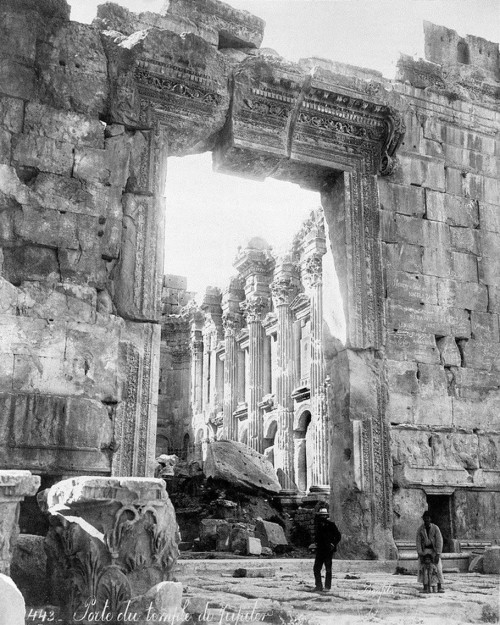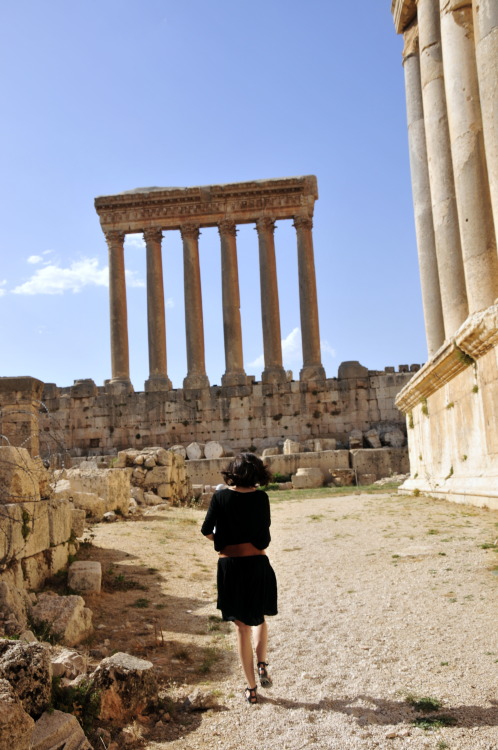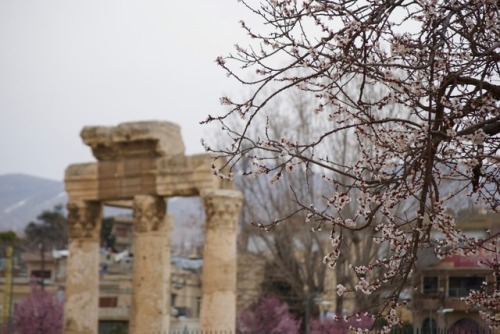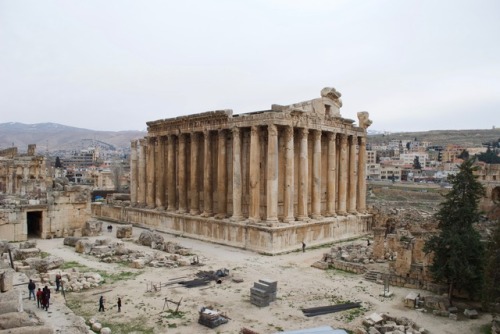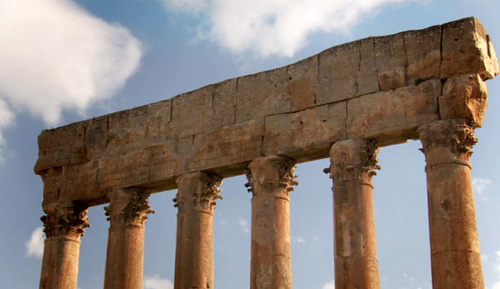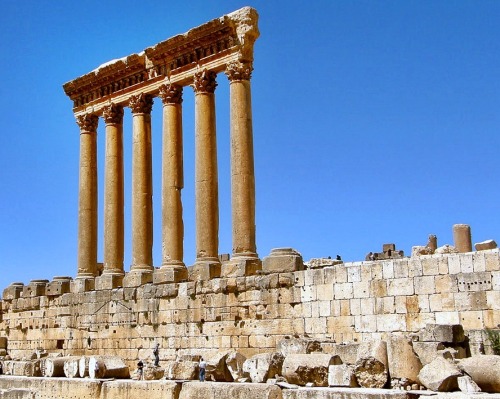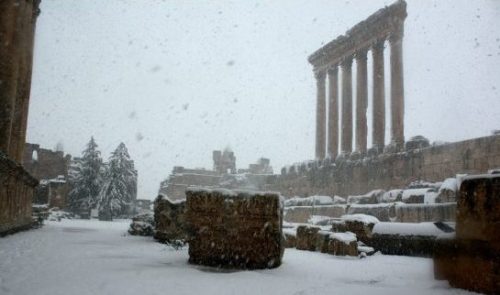#baalbek
The shrine of Sayyida Khawla, the daughter of Imam Hussein and great granddaughter of Prophet Muhammad
Baalbek, Lebanon
مقام السيدة خولة
بعلبك، لبنان
Post link

Completely in awe of Bacchus Temple in Baalbek, Lebanon. ❤️

Bacchus Temple, Baalbek, Lebanon.
Ancient Worlds - BBC Two
Episode 6 “City of Man, City of God”
TheTemple of Jupiter Baal, in Baalbek.
ThePhoenician city of Baalbek was known as Heliopolis (the city of the Sun) during the Hellenistic period.
The city became an important religious center during Greco-Roman times and it was one of the largest sanctuaries in the Roman Empire.
The greatest temple of the city was sacred to Jupiter Baal, (Heliopolitan Zeus), identified with the Sun. The Jupiterworshipped there was also understood to be Baal-Hadad, a local storm deity who had been honoured for centuries. The temple was constructed during the 1st century AD (completed circa 60 AD) on top of a podium and foundations presumably from a previous ancient temple. The temple had more than 50 Corinthian columns, 20 meters high, but today only six columns remain standing.
Baalbek, with its colossal structures, is one of the finest and most impressive examples of Imperial Roman architecture.
Baalbek, Lebanon
Post link
HELIOPOLIS









Historical photographs of the ruins of Heliopolis (Baalbek) in the 19th century. Prior to Roman colonization, the site comprised large temples dedicated to Baal and Ashtarte. The Romans rebuilt the temples in the 1st and 2nd centuries, associating Roman gods Jupiter, Bacchus, and Venus with the Phoenician deities. The temple of Jupiter Baal was the largest temple ever built in antiquity, with 54 monolithic granite columns rising 20 m.
Incessant earthquakes had already caused extensive damage to the complex by the 4th century. Theodosius ordered the demolition of the enormous temple of Jupiter in AD 379. Justinian reused six of the monolithic granite columns for the rebuilding of Hagia Sofia.

